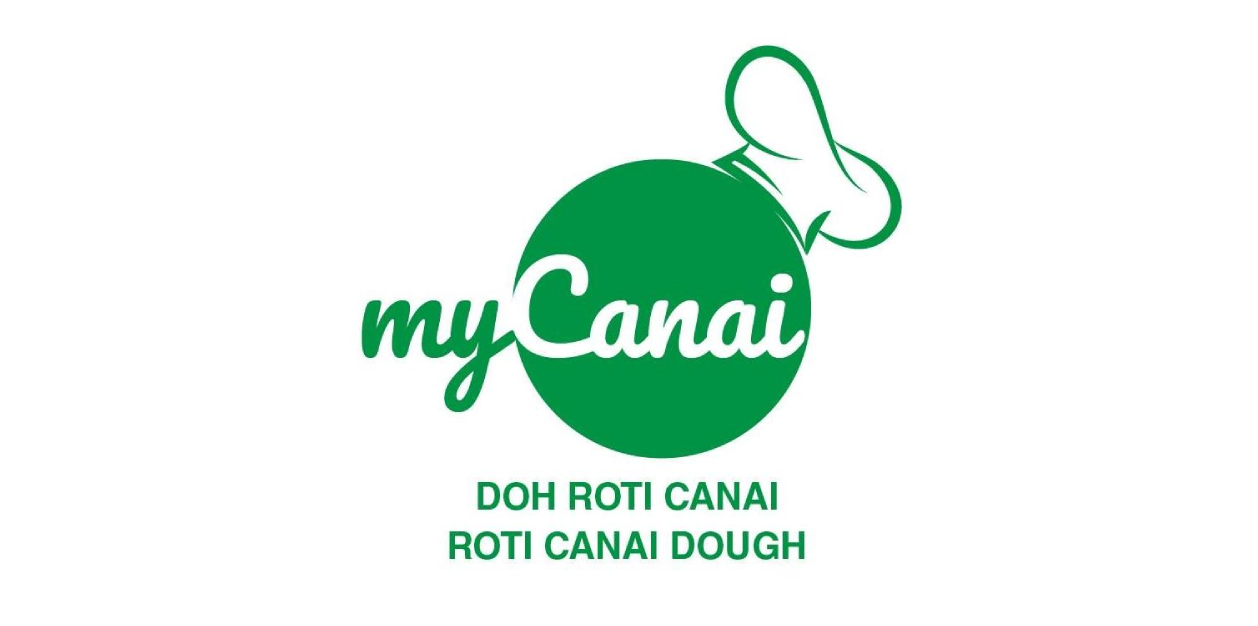Welcome to a series of articles made to highlight the importance of measuring product costs. This is the launch edition of 5 articles. This release uncovers the importance of tracing overheads to revenue generators.
The ability to measure costs across product lines, customer types, and services is harder than ever. Why? Now, customers demand a greater variety of choices, customizations, and improved service quality. These greater demands lead to a significant growth in overhead costs, which obscure the profit margin on a per unit measure. Overheads refer to ongoing expenses that are not directly tied to producing a specific product or service but are necessary for running the business. The cost category supports business operations as a whole, rather than specific products or projects. Think of rent and utilities for office and factory spaces, salaries and wages for administrative employees, marketing expenses, research and development, insurance premiums and legal fees. Unless using an integrated costing software, many organizations struggle to find a home for overheads. This limitation skews profit margin analysis, decision-making, and even product strategy. Regardless of industry, tracing costs that include parking overheads to a revenue generator can expose hidden internal threats and opportunities.
The headache of tracing overheads in a modern business
In traditional supply chains, overheads were relatively low, and direct labor and materials made up the bulk of product costs. However, with the increasing complexity of today’s business landscape, overheads now represent a larger portion of total expenses. There is a shift in overheads from direct costs as organizations expand their product portfolios, service lines, and customization options to meet diverse customer needs. This change creates a dilemma: How does one trace these overheads back to individual products or services?
The challenge stems from the fact that overheads are often shared across multiple products, departments, or customer types, making it hard to determine how much each product or service is truly “costing” the organization. Without a refined understanding of these indirect costs, companies risk under or overestimating the profit margins of their offerings. This could lead to misguided strategic decisions, misallocated resources, or even the loss of competitive advantage.

Why finding a home for overheads matter
Understanding the correct measure of overheads associated with each product or service is crucial for many reasons:
- Profitability Analysis
Without accurate overhead allocation, it’s nearly impossible to assess which products or services are driving profits and which are consuming resources without sufficient return.
- Pricing Strategy
Inaccurate distribution of overheads can result in mispricing, either by setting prices too high and driving away customers or too low and eroding profit margin. Yikes…
- Resource Allocation
Precise attribution of costs enables organizations to make more informed decisions about where to invest resources, thereby improving operational efficiency.
- Strategic Decision-Making
Knowing true costs helps leadership determine which products to expand, re-engineer, or phase out, leading to a leaner and more profitable portfolio.
Discover the Cost Engine App
The Cost Engine App was designed with modern-day business complexities in mind. Unlike traditional costing methods that often rely on arbitrary allocations for overheads, the Cost Engine App uses a proven reasonable approach to deliver more accurate and insightful cost breakdowns.
Reach out to mds today for an exclusive access to the Cost Engine App.

